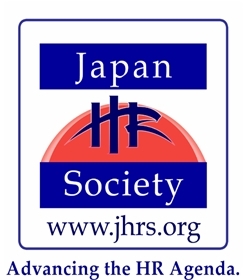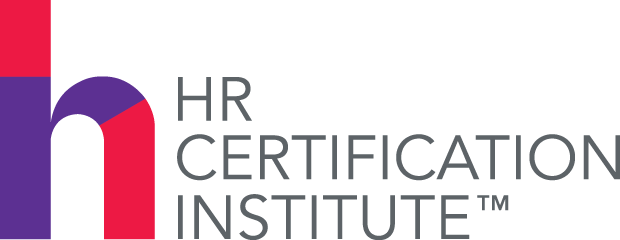Analytics a Focus at Asia’s Biggest C&B Conference
Jingjing Yap, AGC Asia Pacific Pte. Ltd.
The biggest rewards conference in the region underscored the importance of analytics to address the complexities of building the right rewards strategy today.
Developing a growth-driven rewards strategy has always been a top challenge for organizations across the world. But the task has become trickier in the recent years with the increasing competition for talent, a growing multi-generational workforce, rising salary costs and employee engagement concerns, to name a few factors. How can organizations develop an effective compensation strategy that addresses these business complexities today?
This is just one of the several critical questions discussed in the recently-concluded Employee Benefits Asia Conference held at Shangri-La Singapore on Aug. 2 to 3, hosted by HumanResources. The event, dubbed as the biggest compensation and benefit conference in the region, carried the theme “Driving Profitability with Smart Rewards Strategy” and brought together some 200 regional and global thought leaders and HR professionals, from small to medium enterprises to multinational companies.
The two-day conference which I had the pleasure to attend provided ample opportunity for delegates to network with each other and listen to keynote speakers present about HR trends and best practices. The topics included remuneration strategies to healthcare and wellbeing, non-cash rewards & recognition, compensation & benefit analytics, flexi-benefits, and employee value proposition.
Salary and Sophistication
The conference kicked off with a keynote by Bosch SEA President and Managing Director Martin Hayes who shared a quote from their company’s founding father, Robert Bosch: “I don’t pay good wages because I have a lot of money. I have a lot of money because I pay good wages.”
Hayes warned against entering into a salary war, reminding pay is no longer the only factor that attracts talent. “As our workforce increases in sophistication, so must our methods for managing this workforce,” he said. Doing so requires organizations now to look into relevant data and identify critical issues to reinvent themselves to be deemed “the best employer to work for.”
Analytics to Fine-Tune Rewards Strategies
This focus on big data is a unifying undercurrent throughout the conference, reflecting the increasing interest in HR analytics among the leading rewards professionals in the region. Further zooming into the topic is the presentation by Dr. Jaclyn Lee, senior HR director at Singapore University of Technology & Design, who talked about how big data can be leveraged to improve the efficiency of an organization’s compensation & benefits function.
“Analytics” is generally defined as the discovery and communication of meaningful patterns in data. When you combine HR and analytics, you make use of sophisticated data in human resources to uncover correlations and patterns, which provide insights on how to effectively manage the organization’s employees, so that business goals can be achieved quickly and efficiently.
Dr. Lee sees the potential of HR analytics from being merely a tool for reporting and benchmarking to being a transformative instrument for making correlations and projections. Beyond informing rewards strategies, it can also be applied to a wide range of other objectives, such as determine the organization’s ROI on human capital, acquire insights on improving employee performance, and reveal the range of possibilities that companies can plan for.
On the practical level, analytics provides a more solid weight to the solutions and recommendations that HR offers. (Gone are the days when we use superficial and experience-based reasons to support arguments; we are now able to use figures to support findings, providing us a better standing when we present to the management.)
The Anatomy of an HR Analyst
Becoming an HR Analyst, however, requires a recalibration of your usual HR skills. Dr. Lee lists some “qualifications”: statistical analysis skills, understanding of the business, curiosity, ability to collaborate with other departments (because you will need plenty of figures from them), storytelling skills (to create convincing arguments out of data), and top-notch HR knowledge. Finding people who have these set of skills or investing in the necessary trainings can take time, that some companies have embarked on hiring computer science experts to assist them in this area.
A great example is Google, one of the pioneers in people analytics. The company brought together industrial & organizational psychologists, decision scientists, organizational sociologists and experts to form People & Innovation Lab (PiLab). By conducting applied experiments within Google, PiLab aims to determine “the most effective approaches for managing people and maintaining a productive environment (including the type of reward that makes employees the happiest).”
Another example is Talent Lab, a company that takes your data and converts them into stunning visualization within minutes. The solutions they offer help HR professionals and organizations make accurate and sound decisions pertaining to human capital.
Your Next Step
Data is available and abundant in every organization – that’s a given. The question is how do you begin to analyze it all. Dr. Lee recommends starting with the most critical business issue – one people-related challenge that blocks your ability to achieve business objectives. In the meantime, dozens of companies are beginning to infuse analytics into their HR processes. I truly believe analytics is indeed the next big thing for HR.
***
|
|
|
JINGJING YAP joined Asahi Glass Company (AGC) in Japan since graduating from Nanyang Technological University, Singapore, and was recently assigned to AGC Group’s Regional Headquarters in Singapore to support the Southeast Asia Regional HR functions. Jingjing specializes in HR Learning & Development and has keen interests in the various areas of HR. She is currently building her expertise in HR analytics. |
TELL US WHAT YOU THINK:





